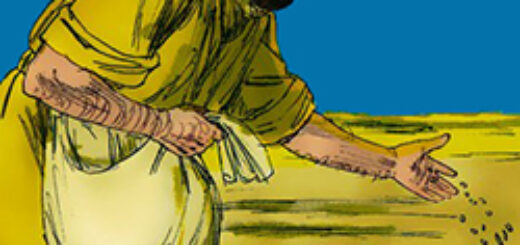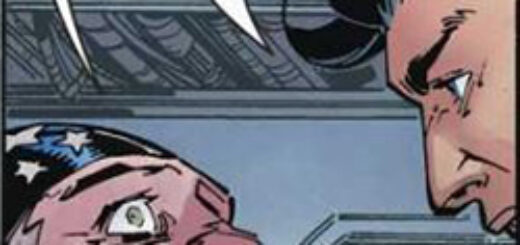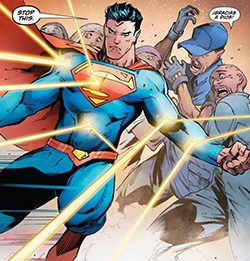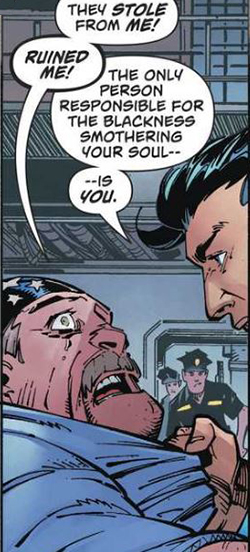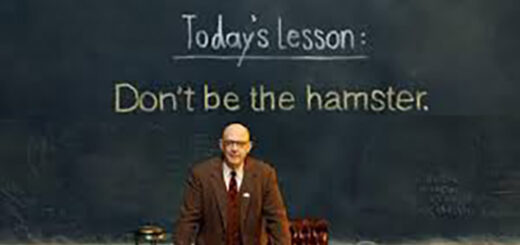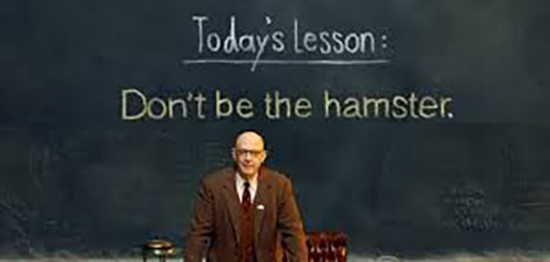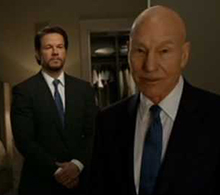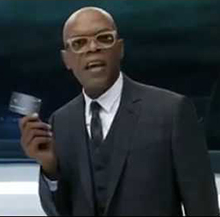John Ostrander: Double Cross Over
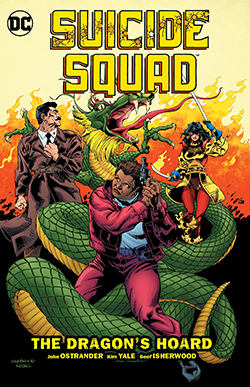 For the past few weeks I’ve been discussing the stories contained in the upcoming volume of Suicide Squad reprints (Volume 7, The Dragon’s Horde, out December 22). I’ve been running down the stories in order but this week I’m jumping to the last story in the collection.
For the past few weeks I’ve been discussing the stories contained in the upcoming volume of Suicide Squad reprints (Volume 7, The Dragon’s Horde, out December 22). I’ve been running down the stories in order but this week I’m jumping to the last story in the collection.
This last story was a tie-in issue to the War of the Gods crossover event that DC was running at that time. I’m jumping to it not because it’s my favorite story in Vol. 7 but because it isn’t.
I’ve had mixed reactions to Big Company Wide Crossovers. They do interrupt the flow of what you have planned but, OTOH, that’s like what we laughingly refer to as Real Life: big events happen and toss our best laid plans out any convenient window. It is said the gods like when mortals make plans; it gives them something to shoot at.
There are all kinds of ways of doing a crossover issue; it can be a vital chapter in the overall story, it can show how the Big Event is affecting part of the world, it can be a Red Sky story. That happened during Crisis on Infinite Earths, the granddaddy of Big Events at DC. One of the hallmarks of the events was the red skies. An issue of an ongoing series could qualify as a “crossover issue” if it featured red skies and some person said, “Ooh! The skies are red!” Something less than a vital piece of the narrative; I was a fan and not a pro at the time and I resented it.
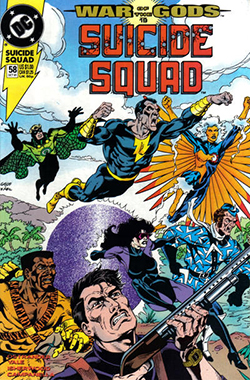 However, the red skies stunt underscored one of the major purposes of a crossover – to lure the reader into trying other (or all) of the books in the line. Hopefully, they’ll see a bump in sales. Most of the time, the increase doesn’t last. So – you do another crossover and so on, ad nauseam, until you get fan burn-out. And then marketing tells you to do another.
However, the red skies stunt underscored one of the major purposes of a crossover – to lure the reader into trying other (or all) of the books in the line. Hopefully, they’ll see a bump in sales. Most of the time, the increase doesn’t last. So – you do another crossover and so on, ad nauseam, until you get fan burn-out. And then marketing tells you to do another.
I’ve participated in all kinds of crossovers, from doing the Main Event (Legends) to tie-in issues (hopefully none of which are “red sky” issues). Some were easier than others; some were nearly impossible. One we had to co-ordinate with all the other books out that week and I wound up with that assignment since I had two or three of them.
In the story in this volume, the Squad ties into the War of the Gods event. To be honest, I don’t remember what that crossover was about. My problem with the result is that it resulted in a not very good story, let alone a good Squad story.
Captain Marvel’s… excuse me, Shazam’s… Bad, Black Adam, comes calling on the Squad. He needs some warm bodies for an attack he is planning on a temple on an island in a lake in South America guarded by were-beasts and an offshoot of Amazons who live in the Middle East. Where? Somewhere.
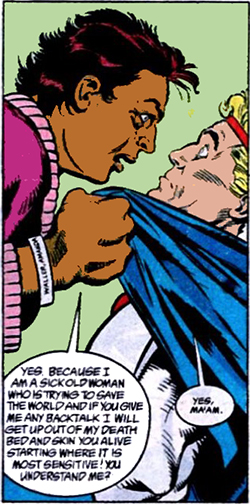 Waller feels they’ll need a lot of warm bodies so she recruits a fair amount. The reader at this point probably expects most of them to die and they’re not wrong. We do, however, take the opportunity to get most of the Squad back into uniform. Black Adam claims that, when you go to fight gods, ceremonial garb should be worn. (The hold-out is Deadshot who recently killed the guy wearing his costume, shooting him right between the eyes. You can understand Lawton’s reluctance; the dry-cleaning bill on that would probably be steep.)
Waller feels they’ll need a lot of warm bodies so she recruits a fair amount. The reader at this point probably expects most of them to die and they’re not wrong. We do, however, take the opportunity to get most of the Squad back into uniform. Black Adam claims that, when you go to fight gods, ceremonial garb should be worn. (The hold-out is Deadshot who recently killed the guy wearing his costume, shooting him right between the eyes. You can understand Lawton’s reluctance; the dry-cleaning bill on that would probably be steep.)
Oh, Kim and I (well, mostly me) threw in a new character called The Writer and then killed him off. He was supposed to be a well-known DC writer who had written himself into continuity. It was strictly a gag and, frankly, a puerile one. Apologies all around.
There’s a lot of yelling and fighting and characters die; not the sort of stuff Kim and I usually did with the Squad. It’s also incomplete; at one point in the midst of the battle, Black Adam vanishes into the temple followed by a few Squad members. Shortly afterwards, the island and the temple blow up. Why? Who knows. What’s in the Temple? Doesn’t tell you here. What was Black Adam’s agenda (he definitely had one)? To be told somewhere else.
There’s a block of white space on the bottom of the last page of the story in which the reader was informed where to go for the next thrilling chapter. The reader of this volume doesn’t have that and so they are left with an incomplete story with big gaps in it. And it’s the last story in this volume as well and I think leaves a somewhat sour taste in the mouth.
However, it may be someone’s favorite story. Years ago, I was on a panel at a comic book convention and was asked what was the story I’d written that I wished I could unwrite. I named it and ridiculed it and some poor guy in the front row looked stricken and said “But that’s my favorite story!” If this story was one of your favorite’s, I apologize.
But I have to be honest; it ain’t one of mine.

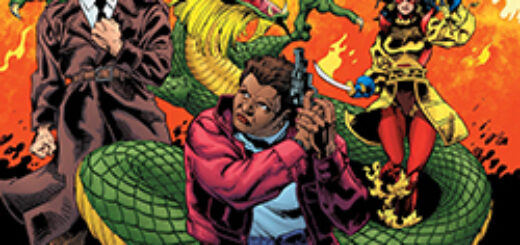
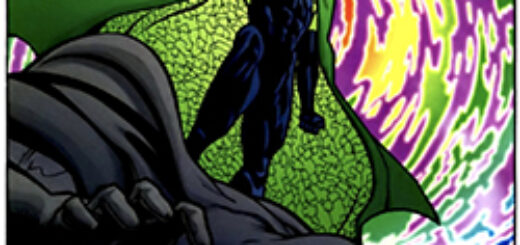
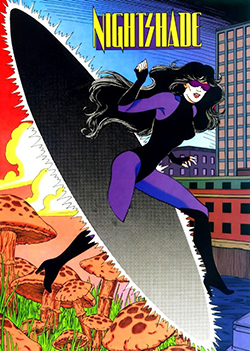 This week we’ll continue with my commentary on the latest collection of my run of Suicide Squad stories, # 7, The Dragon’s Horde. This one will be out just a few days before Christmas making it a perfect last-minute Christmas gift. Well, for some pretty strange people on your Christmas list, I’ll grant you. Once again, although I feel foolish in saying it, the Spoiler Flag is flying although the stories are about two decades old.
This week we’ll continue with my commentary on the latest collection of my run of Suicide Squad stories, # 7, The Dragon’s Horde. This one will be out just a few days before Christmas making it a perfect last-minute Christmas gift. Well, for some pretty strange people on your Christmas list, I’ll grant you. Once again, although I feel foolish in saying it, the Spoiler Flag is flying although the stories are about two decades old.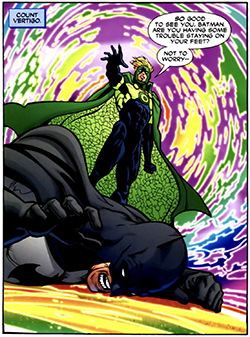
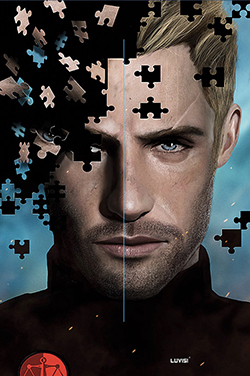
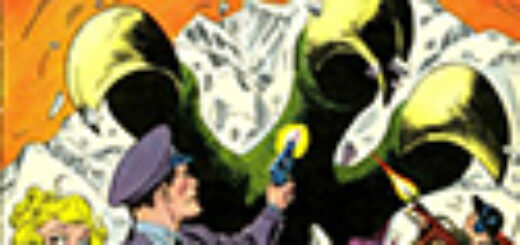
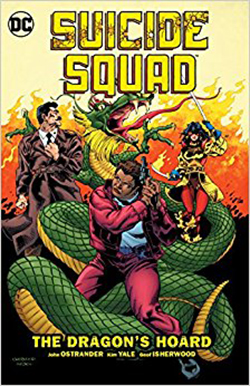 It feels a little silly to be issuing a spoiler warning for a story that’s more than twenty years old but it’s entirely possible that there are folks out there who have never read the story described below. I’ll need to discuss some plot points and twists so if you don’t want to know ‘em, avoid this week’s column. Spoiler warning issued.
It feels a little silly to be issuing a spoiler warning for a story that’s more than twenty years old but it’s entirely possible that there are folks out there who have never read the story described below. I’ll need to discuss some plot points and twists so if you don’t want to know ‘em, avoid this week’s column. Spoiler warning issued.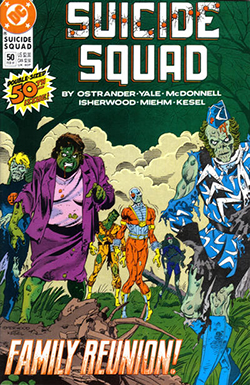 The title tale is the biggest one in the volume but, as not unusual, is not the only story. The first one reprints issue 50 which was extra-sized. I’m of two minds about anniversary issues. Certainly, you want to celebrate the longevity of the given title but sometimes setting it up can throw off the whole pacing of the series. That happened with GrimJack and maybe the Spectre; you can wind up treading narrative water trying to get to an anniversary issue.
The title tale is the biggest one in the volume but, as not unusual, is not the only story. The first one reprints issue 50 which was extra-sized. I’m of two minds about anniversary issues. Certainly, you want to celebrate the longevity of the given title but sometimes setting it up can throw off the whole pacing of the series. That happened with GrimJack and maybe the Spectre; you can wind up treading narrative water trying to get to an anniversary issue. The element that I took for the new Squad was that the old one fell apart on a disastrous mission to Tibet. Bright and Evans found out about Rick and Karin and were pissed at being played for chumps. They died falling into a chasm during an attack by a Yeti. Karin had a breakdown and wouldn’t see Rick anymore.
The element that I took for the new Squad was that the old one fell apart on a disastrous mission to Tibet. Bright and Evans found out about Rick and Karin and were pissed at being played for chumps. They died falling into a chasm during an attack by a Yeti. Karin had a breakdown and wouldn’t see Rick anymore.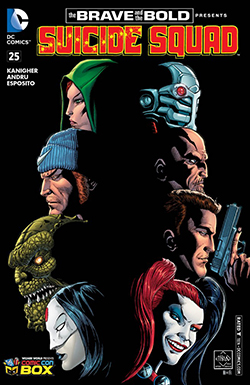 Unaware that both are dead, Jess wants revenge on Rick and Karin and, having run afoul of the new Squad since becoming Koschei he also wants them dead. To this end he has resurrected members of the Squad who were killed on missions by using mechanical implants at the base of their skulls. Oh, and I should mention that Koschei has also died but, using the same technology, walks and talks and plans terrible revenge.
Unaware that both are dead, Jess wants revenge on Rick and Karin and, having run afoul of the new Squad since becoming Koschei he also wants them dead. To this end he has resurrected members of the Squad who were killed on missions by using mechanical implants at the base of their skulls. Oh, and I should mention that Koschei has also died but, using the same technology, walks and talks and plans terrible revenge.





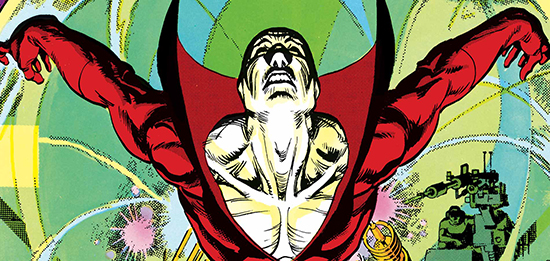
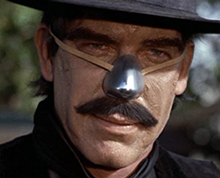

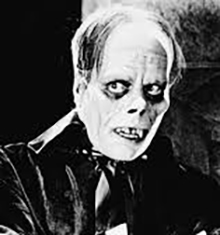
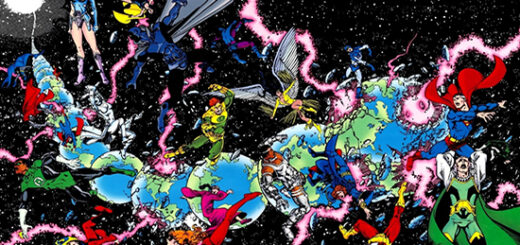
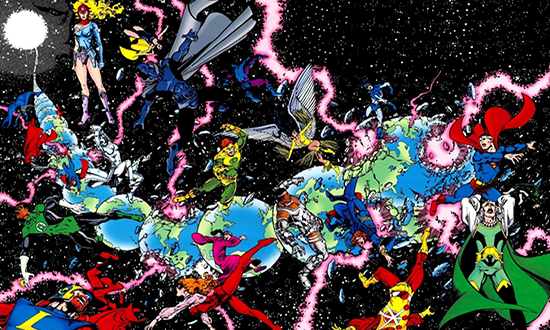
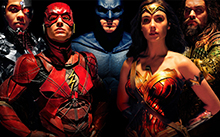

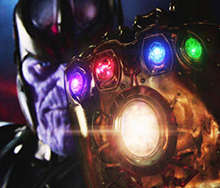
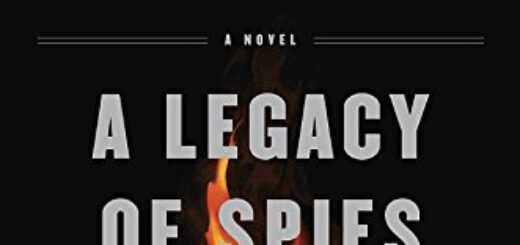
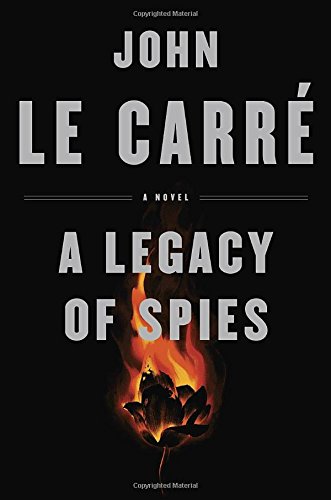 I’m a huge (or as our president would say, YUGE) fan of
I’m a huge (or as our president would say, YUGE) fan of 